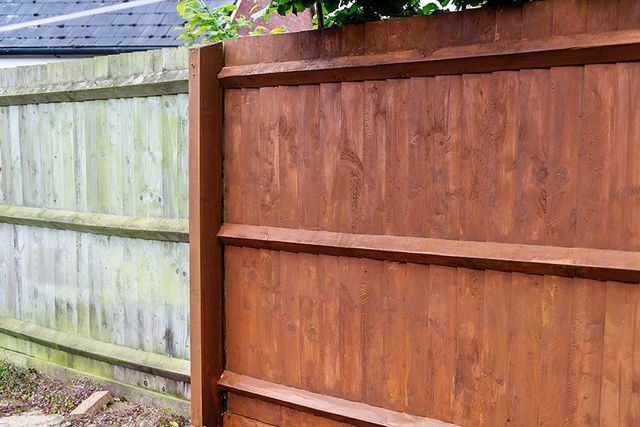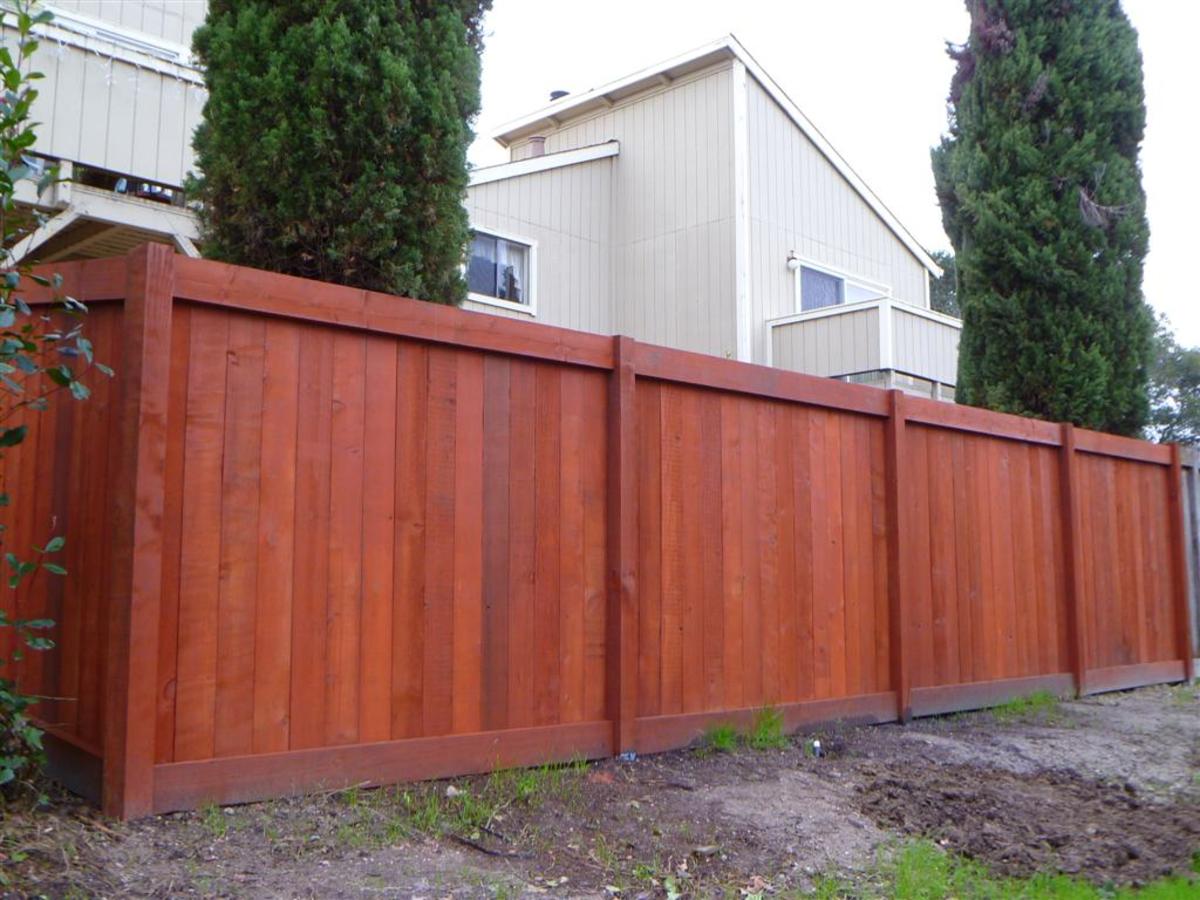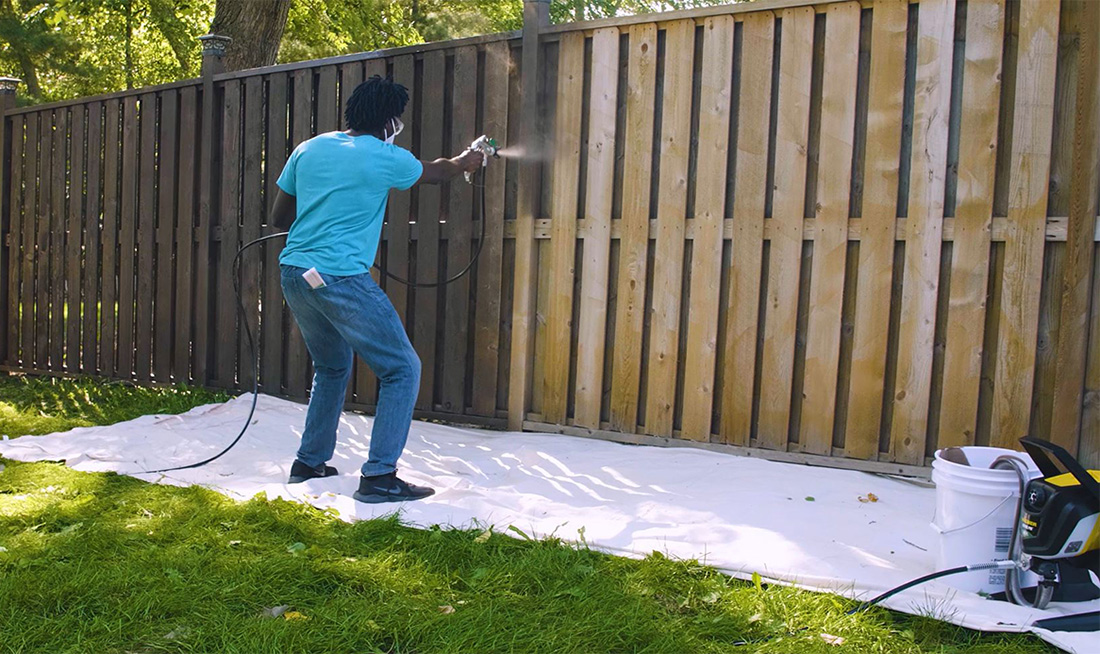Essential Tips for Deck Discoloration Success
Accomplishing a flawlessly tarnished deck calls for even more than simply a brush and a container of stain. From choosing the ideal kind of stain to understanding the art of application, each stage plays an essential function in the final result.
Selecting the Right Discoloration
Picking the appropriate stain is extremely important in accomplishing a sturdy and cosmetically pleasing coating for your deck. concrete sealing brentwood. When picking a discolor for your deck, it is essential to think about aspects such as the timber type, wanted color, degree of security required, and upkeep choices
First of all, think about the kind of timber your deck is constructed from, as various wood varieties may respond in a different way to particular sorts of stains. Woods like oak or mahogany may require various discolorations compared to softwoods like pine or cedar. Comprehending the characteristics of the timber will certainly help you pick a discolor that permeates properly and enhances its natural appeal.
Following, consider the color you desire for your deck. Spots are available in a range of tones, from natural tones that enhance the timber's grain to more nontransparent shades that give much better UV protection. Select a shade that complements your outside room and matches your aesthetic choices.
Moreover, analyze the level of security the tarnish offers. Some spots give much more comprehensive defense versus UV rays, moisture, and mildew, which can lengthen the life of your deck. Balancing protection with visual appeals is crucial to achieving a visually attractive and long-lasting finish.
Preparing the Deck Surface
To make sure an effective application of the chosen stain, extensive prep work of the deck surface area is essential. Utilize a deck cleaner or timber brightener along with a stiff-bristled brush to scrub the surface area clean.
Inspect the deck for any damaged or rotten boards. Replace or fix these as required to make certain the architectural honesty of the deck. Sanding the surface may be required to smooth out rough areas and remove any loose wood fibers. pressure washing near me. This action not just assists the discolor adhere better yet additionally improves the general appearance of the deck.
Applying the Discoloration Effectively

When applying the stain, make use of a sprayer, paintbrush, or roller , depending on the type of discolor and the dimension of the deck. Use the stain in the direction of the timber grain to make certain even insurance coverage and a specialist finish.
If a second coat is necessary,Enable the first coat to dry completely before deciding. Follow the producer's directions concerning drying times and reapplication. Proper application of the discolor is necessary for shielding your deck and boosting its look for many years to find.
Preserving Your Tarnished Deck
After successfully applying the tarnish to your deck, preserving its appearance and protective qualities is essential for lasting durability and aesthetic appeal. Normal maintenance is key to maintaining the beauty and integrity of your stained deck. To maintain your deck looking its finest, it is recommended to cleanse it at the very least yearly. Utilize a mild cleaning agent and water to remove dust, grime, and mold that can collect on the surface area. In addition, check your deck annually for any kind of indications of wear or damages. Dealing with concerns quickly can prevent them from aggravating and prolong the life of your click this site tarnished deck. Depending upon the foot website traffic and direct exposure to the elements, you may need to reapply a fresh layer dallas fence company of stain every 2-4 years. This will help keep the color and safety finish of your deck, making sure that it remains to boost your outside space for years ahead.

Troubleshooting Common Issues
Determining and resolving usual problems that might emerge with your stained deck is important for ensuring its durability and optimal efficiency. One typical issue is flaking or peeling of the discolor.
Another concern commonly run into is mold and mildew and mildew growth on the deck surface area. This can be credited to moisture retention, absence of sunshine, or improper air flow. To tackle this problem, an extensive cleaning with a mold and mildew and mold cleaner adhered to by correct drying out and application of a mold-resistant stain is vital.
In addition, fading of the stain shade over time is a widespread concern. UV direct exposure and extreme weather condition can create staining. To address this, choosing a high-quality, UV-resistant stain and using a fresh coat periodically can assist keep the deck's visual charm.

Conclusion
To conclude, effective deck staining needs picking the best stain, appropriately preparing the deck surface area, using the stain correctly, and keeping the stained deck. By adhering to these vital pointers, you can achieve a perfectly discolored deck that improves the overall look of your outdoor space. Bear in mind to troubleshoot any typical issues that may arise during the staining procedure to guarantee a visually enticing and long-lasting result.
Attaining a perfectly stained deck needs more than simply a brush and a canister of stain.To make sure an effective application of the selected stain, extensive preparation of the deck surface area is crucial. When using the discolor, use a roller, paintbrush, or sprayer , depending on the type of stain and the size of the deck.Identifying and attending to usual problems that may develop with your Full Article stained deck is important for ensuring its durability and optimum performance.In conclusion, successful deck discoloration calls for choosing the right stain, appropriately preparing the deck surface, using the tarnish correctly, and maintaining the tarnished deck.